

This week: AI Is Reshaping How We Work, One Task at a Time
A new paper from Microsoft Research gives us the clearest view yet of what AI is really doing inside today’s workplaces. AI adoption is deepest where work is made of words—gathering information, writing, and communicating. It’s a reminder that the biggest shifts often start with the smallest tasks.
We also dive into:
- Shadow Tools, Real Risk: Phil Kirschner on why your team’s most important systems might be undocumented and invisible.
- A Mid-Year Mirror for Managers: Ashley Herd shares 6 questions every leader should ask themselves now.
- Zapier’s Bold Bet on Trust: Brian Elliott shows how raising pay before AI ROI unlocked performance gains.
- Inside Jensen Huang’s Leadership Playbook: Why the Nvidia CEO personally reviews every salary, at scale.
- ServiceNow’s Hiring Reinvention: How SVP Sarah Tilley scaled AI in recruiting while doubling down on learning and inclusion.
Let’s get into it 👇
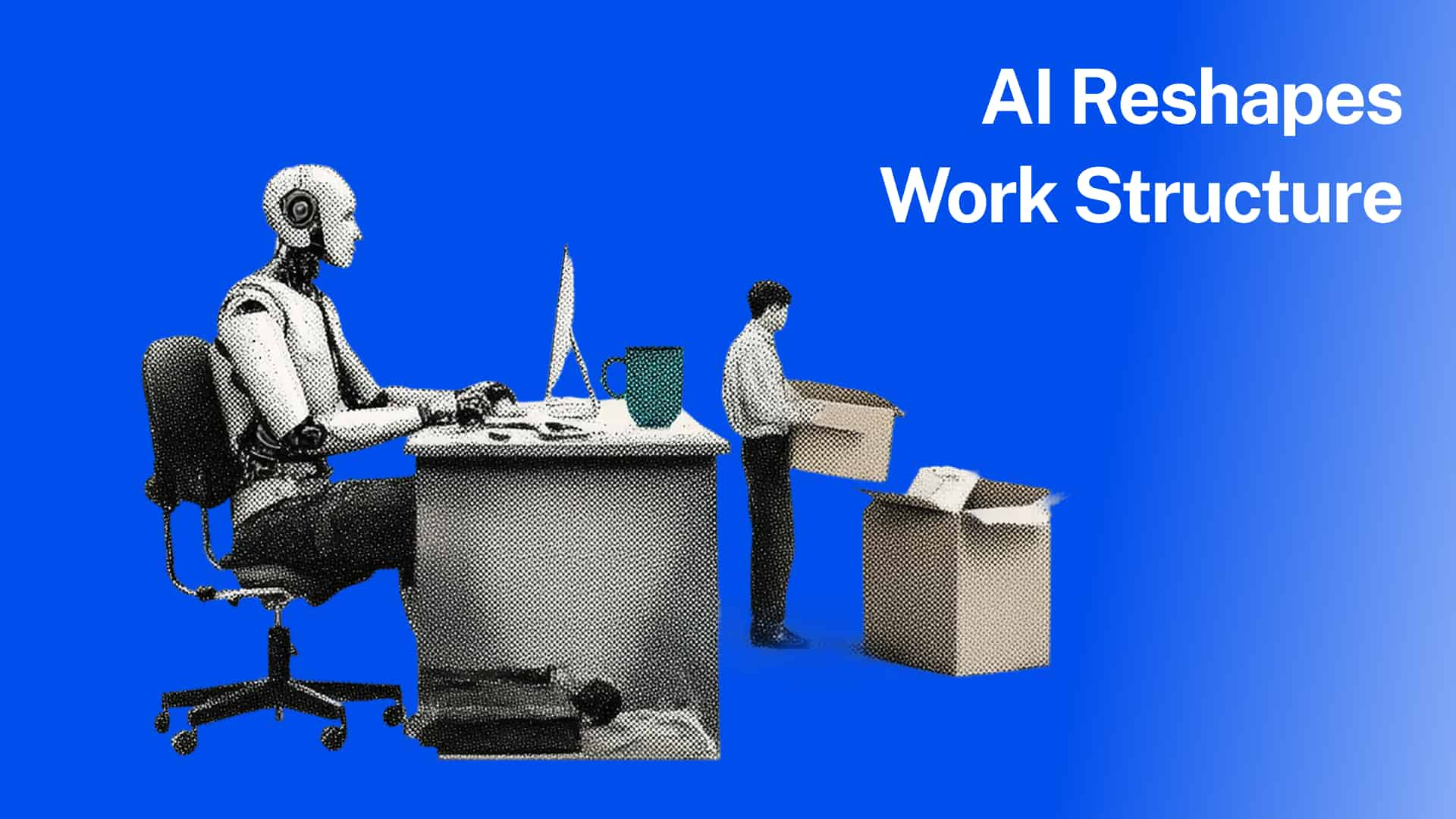
Introduction
Artificial intelligence is rapidly rebuilding the way work is structured. Microsoft Research’s July 2025 paper drew on two hundred thousand anonymized Copilot chats recorded between January and September 2024. By mapping each exchange to 332 intermediate work activities in the O*NET database, the team created the most detailed picture yet of which human tasks are already shifting to language models. “We find that information gathering, writing, and communicating with others are the most common user goals in Copilot conversations.” That single sentence anchors a sweeping study showing that AI adoption is deepest wherever text and talk define the work.
Mid-skill jobs are hollowing out
Microsoft computed an AI applicability score for every U S occupation by combining three factors: coverage of work activities, task-completion success, and scope of impact. At the top sit interpreters, historians, writers, sales reps, and customer service agents. “Occupations with the highest AI applicability scores are knowledge work and communication-focused.” These roles revolve around drafting, summarizing, or explaining, areas where Copilot already performs with near-human polish.
The human side of the story is captured in Fast Company, which profiles a midlevel marketing manager whose analyst team vanished after Copilot took over reporting chores. Her experience is no anomaly. Copilot data show that entry-level knowledge tasks are melting away, leaving fewer footholds for new talent. “In 40% of conversations, the sets of user goal and AI action work activities are disjoint.” Put simply, many employees ask Copilot to handle only the boring slices of their job, yet those slices were once someone else’s full-time position.
A degree no longer protects you
Fortune highlights the cruel twist behind Microsoft’s findings: the more education a job demands, the more exposed it often is. The study confirms the trend, noting, “We find higher AI applicability for occupations requiring a Bachelor’s degree than occupations with lower requirements.” Political scientists, journalists, and management analysts share the same high-risk bracket as translators and telephone operators. While manual roles like phlebotomist or dredge operator appear sheltered for now, the research team warns that specialized robotics and niche AI may eventually breach even those defenses.
The talent pipeline is already feeling the squeeze. Big tech firms cut graduate hiring by twenty-five percent in 2024 while boosting recruitment of employees with two to five years of experience by twenty-seven percent, according to Fast Company. With fewer starter jobs left to teach core skills, tomorrow’s experts have fewer places to learn them.
How AI really performs at work
The Microsoft team did not settle for measuring usage. They checked whether Copilot actually finished the task and how broad a share of the overall work it touched. Thumbs-up feedback and an internal task-completion classifier show success rates above 50% for every commonly occurring activity. The standouts? Writing, editing, and providing explanations. The underachievers? Visual design, creative layout, and data-heavy analysis.
Scope tells a richer story. “AI action scope is consistently lower than user goal scope.” Translation: Copilot helps users complete a wide portion of their work but can fully perform only a narrower slice on its own. This asymmetry hints at a future where humans steer and critique while machines draft, filter, and polish.
Where numbers meet narrative
The researchers cross-checked their applicability scores with earlier predictions from OpenAI and others. “There is a strong correlation of r = 0.73 between our occupation-level impact predictions and prior GPT impact predictions.” Agreement across methods strengthens confidence that tasks anchored in documents, emails, and chat windows will keep migrating to AI first.
Yet wage correlations remain weak. Employment-weighted analysis shows only a 7% relationship between average salary and exposure, punching a hole in the myth that AI targets high earners first. Scope, not salary, is the real magnet: the broader a task’s textual footprint, the easier it is for Copilot to grab.
The Bottom Line
Generative AI will not fire you, but it will erase the routine tasks that once justified headcount and built career ladders. Managers who ignore this shift risk leading teams bloated with manual work and starved of strategic time. Act now to automate low-value steps, reskill your people for judgment-heavy roles, and redefine progression paths before turnover and talent gaps force the change upon you.
Your Friday Briefing on the Future of Work
Future Work delivers research-backed insights, expert takes, and practical prompts—helping you and your team capture what matters, build critical skills, and grow into a future-ready force.
Get all-in-one coverage of AI, leadership, middle management, upskilling, DEI, geopolitics, and more.
Unsubscribe anytime. No spam guaranteed.
🛠️ The Top HR and L&D Challenges eLearning Can Solve
While businesses place increasing demands on their team’s competencies, employees, in turn, raise expectations of the companies they work for. This leads to numerous challenges for HR and L&D departments.
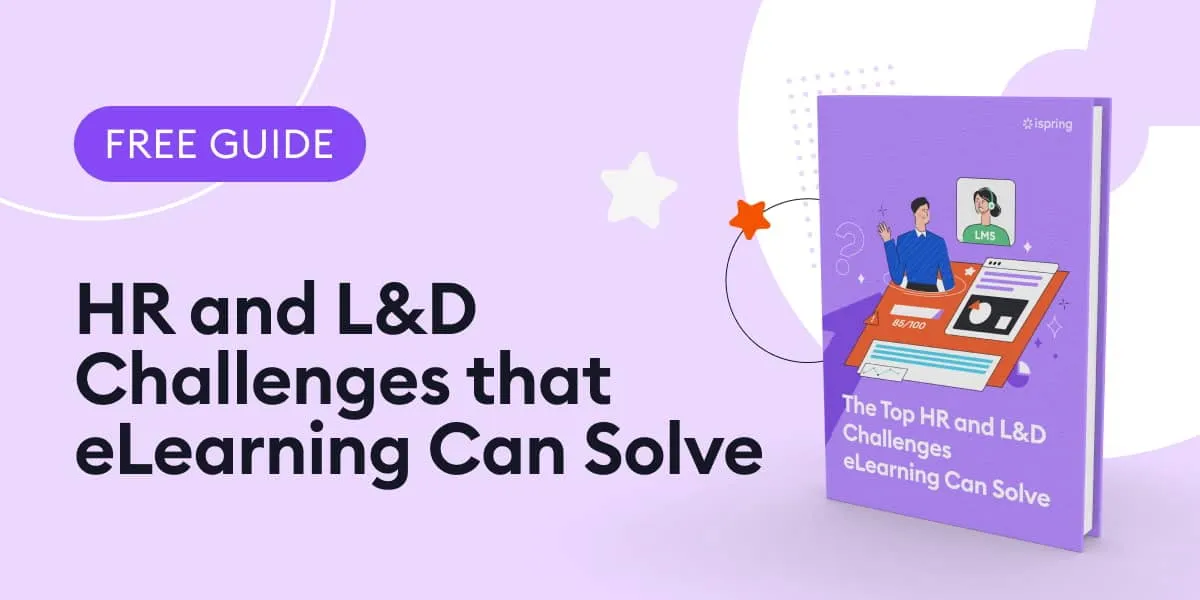
Fortunately, most of them you can resolve with eLearning. Download a free expert guide, The Top HR and L&D Challenges eLearning Can Solve, to explore how ongoing learning opportunities can help you:
- ✅ Launch effective new hire onboarding that enhances employee loyalty and overall HR brand
- ✅ Build training materials that promote better training completion rates and knowledge recall
- ✅ Foster a learning culture to make training a habit rather than a tedious routine
- ✅ Conduct smart training needs assessments and calculate their ROI
- ✅ Avoid information and resource silos and enhance knowledge management within your company
I keep a close eye on what our Future Work Experts are thinking, saying, and questioning. I break down the key conversations and brainstorm practical steps we can take to move forward.
This week:
SHADOW OPERATIONS
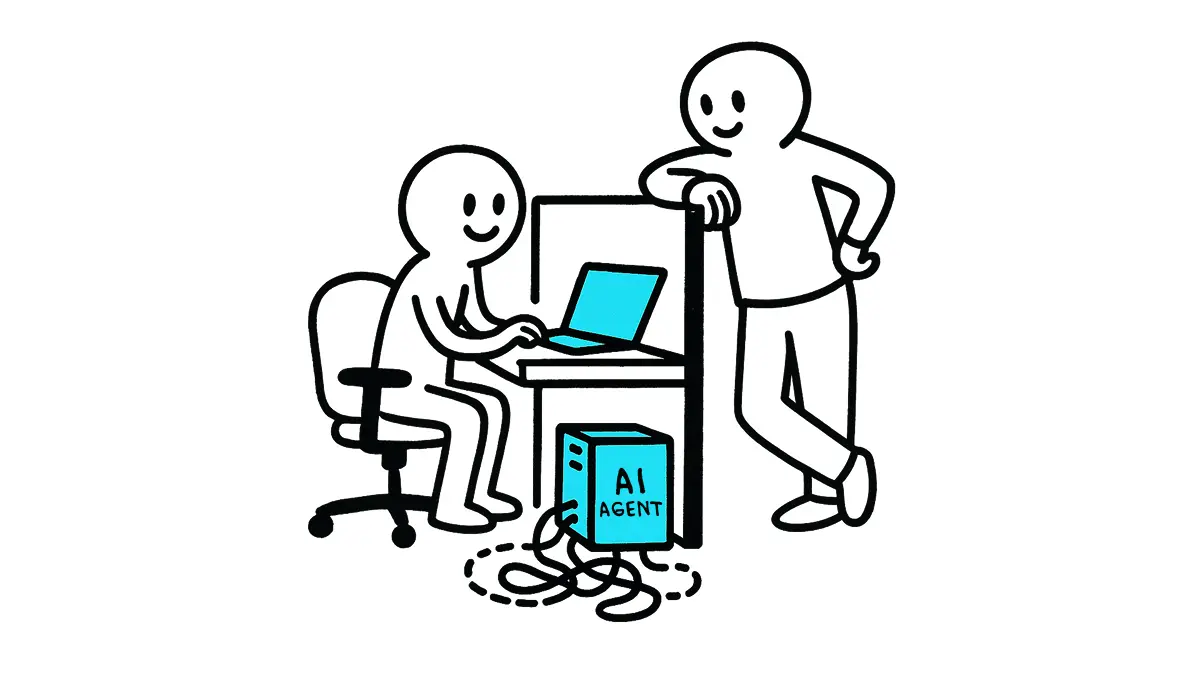
Phil Kirschner: Explain the Tools You Build
- Shadow Ops Are Rising: Tools like Microsoft Lists and custom GPTs are becoming mission-critical before they're documented or shared, creating invisible infrastructure vulnerable to turnover or error.
- AI Makes, But Also Breaks: As teams build with low-code and AI, risks grow: institutional knowledge gets embedded in tools no one else can access or explain. A rogue AI agent once wiped an entire database due to missing guardrails.
- Docs Are the New Safety Net: Leaders must embrace AI not just for creation, but for documentation, using tools like ChatGPT to co-author SOPs, process maps, and handover guides to avoid costly disruption.
📝 Prompt: Pick one undocumented but essential tool on your team, whether a spreadsheet, Slack bot, or GPT, and ask ChatGPT to help write a 1-page explainer. Just open the tool and narrate what it does. Turn that into your first living playbook.
MANAGER DEVELOPMENT
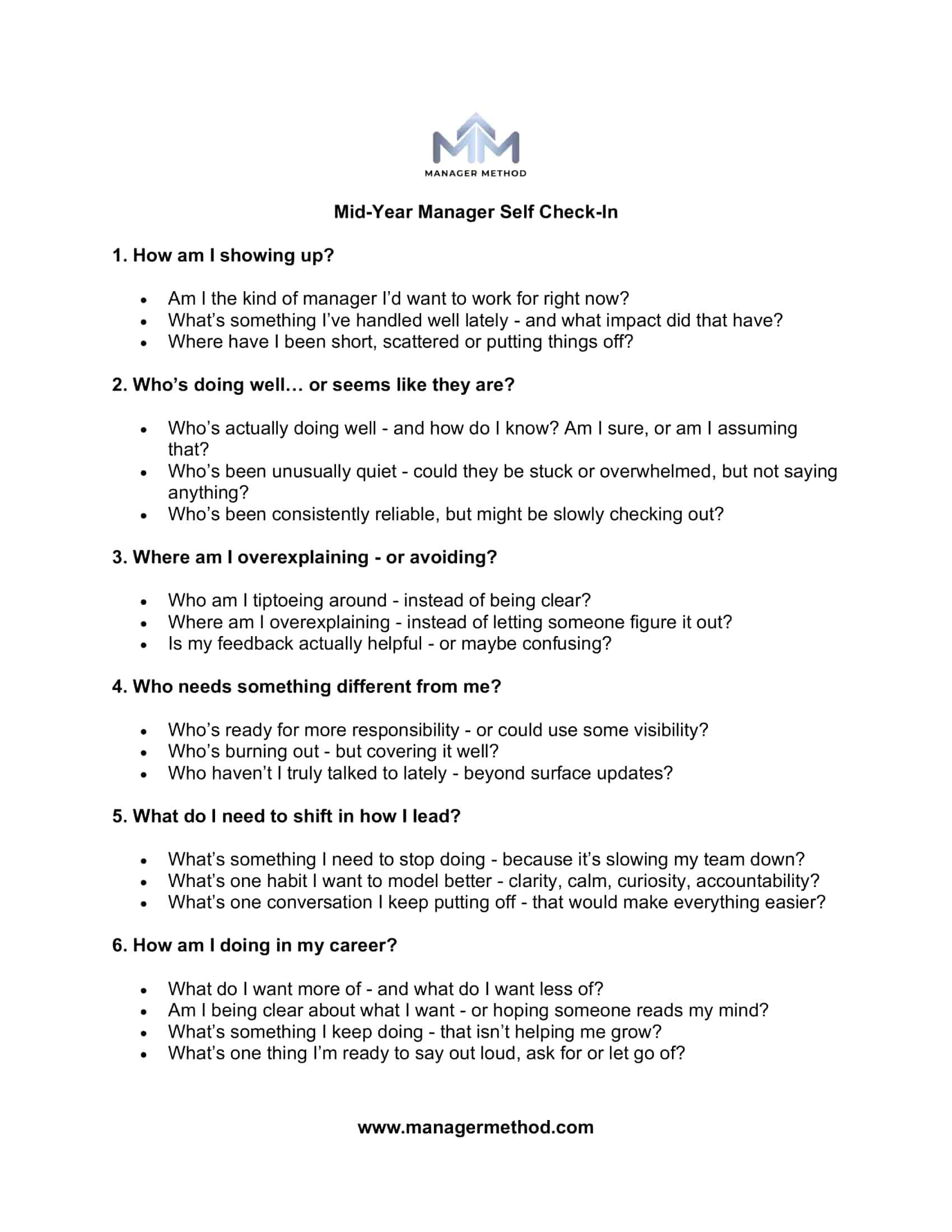
Ashley Herd: Mid-Year Manager Check-In, Reset with Intention
- Pause with Purpose: Mid-year isn’t just for reviews—it’s a moment for managers to reflect on how they’re showing up for both their team and themselves. Ashley Herd offers a six-question gut check covering visibility, feedback, and growth.
- Shift from Update Mode: Go beyond surface 1:1s, stop tiptoeing around feedback, and check in with those who seem fine, but might not be.
- One Shift That Matters: It’s not about a full reset. One honest adjustment, letting go of a blocker or leaning into a habit, can build clarity, trust, and better leadership.
📝 Prompt: Ask one teammate today: “What’s been frustrating lately that you haven’t brought up?” Then just listen.
📚 Read Ashley Herd’s guide to reset your leadership with intention.
SHIFT-READY LEADERSHIP

Sophie Wade: Five Shifts You Must Lead
- The Leadership Confidence Gap: 40% of CEOs doubt their ability to lead into the future, and only 31% are aligning AI strategy with workforce development—even as 41% integrate AI into operations (PwC, 2025).
- Mismatch in Mindsets: While 78% of leaders claim an AI-ready, growth mindset, just 39% of employees agree; only 29% trust their team leader and 48% say leaders need better emotional intelligence.
- Five Shifts in Motion: High-performing organizations are adopting growth mindsets, flexible frameworks, digital dexterity, skills-over-jobs models, and blended workforces—with success stories from Microsoft, ING, Goldman Sachs, and Rolls Royce.
📝 Prompt: Don’t draft another roadmap, start a micro-move. Today, share a story of learning from failure, redesign your next team stand-up using async updates, or assign one teammate to match skills (not roles) to a short-term task. Let your behavior signal the shift before your strategy does.
📚 Read Sophie Wade’s full guide on the 5 shifts reshaping leadership and how to act on them now.
🔥 QUICK HITS:
(AI-PERFORMANCE LEADERSHIP) Brian Elliott: Zapier’s Pay Raise Before AI ROI
- Lead Before You Automate: Zapier’s support head, Lauren Franklin, joined her team in the ticket queue, using firsthand insights to guide AI workflow redesign and improve outcomes.
- Pay First, Perform Later: Zapier raised salaries to the 90th percentile before results appeared—attracting top talent, curbing over-hiring, and increasing performance accountability.
- Results Backed the Bet: The team exceeded KPIs and boosted engagement by 20–30 points, proving that clear expectations and trust, not just tech, drive AI transformation.
📝 Prompt: Launching AI? Show trust early. Join the work, raise standards, and build together. Lead from within, not above.
📚 Read Brian Elliott’s full breakdown of how bold leadership, not just tools, delivers AI results.
(AI-POWERED ONBOARDING) Rebecca Hinds: 5 Prompts for Smarter Onboarding
- Context Is King: Just 42% of employees understand how their work connects to company goals. Embedding AI in daily tools helps trace tasks to strategy and build purpose.
- Decode the Unseen: AI can reveal real influencers, unspoken norms, and success patterns—like shadow org charts and tribal language—often missing from manuals.
- Make It Human: AI also uncovers shared interests or life stages, improving belonging and engagement beyond generic intros or buddy systems.
📝 Prompt: Forget the welcome packet. Use AI to surface what actually helps new hires thrive, unwritten rules, real connections, and why their work matters.
📚 Read how Rebecca Hinds is rethinking onboarding with AI.
(AI IN HR) Anthony Onesto: Your Decks Now Build Themselves
- AI as Design Copilot: Tools like Gamma and Beautiful.ai use generative AI to turn prompts into sleek, branded HR decks, saving time and ensuring visual consistency.
- Engagement Through Interactivity: Gamma’s expandable cards add quizzes and FAQs, while Beautiful.ai keeps metrics and layouts polished with auto-formatting.
- Time Wins, Brand Gains: These tools cut pixel-pushing, streamline onboarding and training, and let HR focus more on people, not PowerPoint.
📝 Prompt: Use Gamma, Beautiful.ai, or Canva Magic Design to rebuild your next HR deck. Upload, prompt, refine—skip the planning and get results fast.
📚 Read Anthony Onesto’s take on freeing HR from slide fatigue with AI.
I track what’s worth your attention—bringing you the news and updates that matter most to how we work, lead, and grow.
This week:
TALENT SHORTAGES

SHRM: Ghosting, Gaps, and AI in HR
- Hiring Headaches: 69% of employers struggle to fill full-time roles, citing low applicant volume (51%) and candidate ghosting (41%) as top barriers, per SHRM’s 2025 Talent Trends report.
- Solutions That Work: Programs like job rotations (92% success), apprenticeships, and internships help bridge skill gaps; meanwhile, 38% of companies are training current employees to fill open roles.
- AI + Skills Gap: 43% use AI in HR, mostly in recruitment, but 66% haven’t upskilled their workforce to use it well. In-demand skills: data analysis (36%), AI (31%), and cybersecurity (21%) — yet problem-solving remains the biggest missing piece.
📝 Prompt: Pick one hard-to-fill role and try this: launch a cross-functional job rotation or internal apprenticeship. Pair it with AI onboarding support. Then track whether internal mobility outpaces external hiring in speed, satisfaction, and retention.
GEN Z MANAGEMENT TRENDS
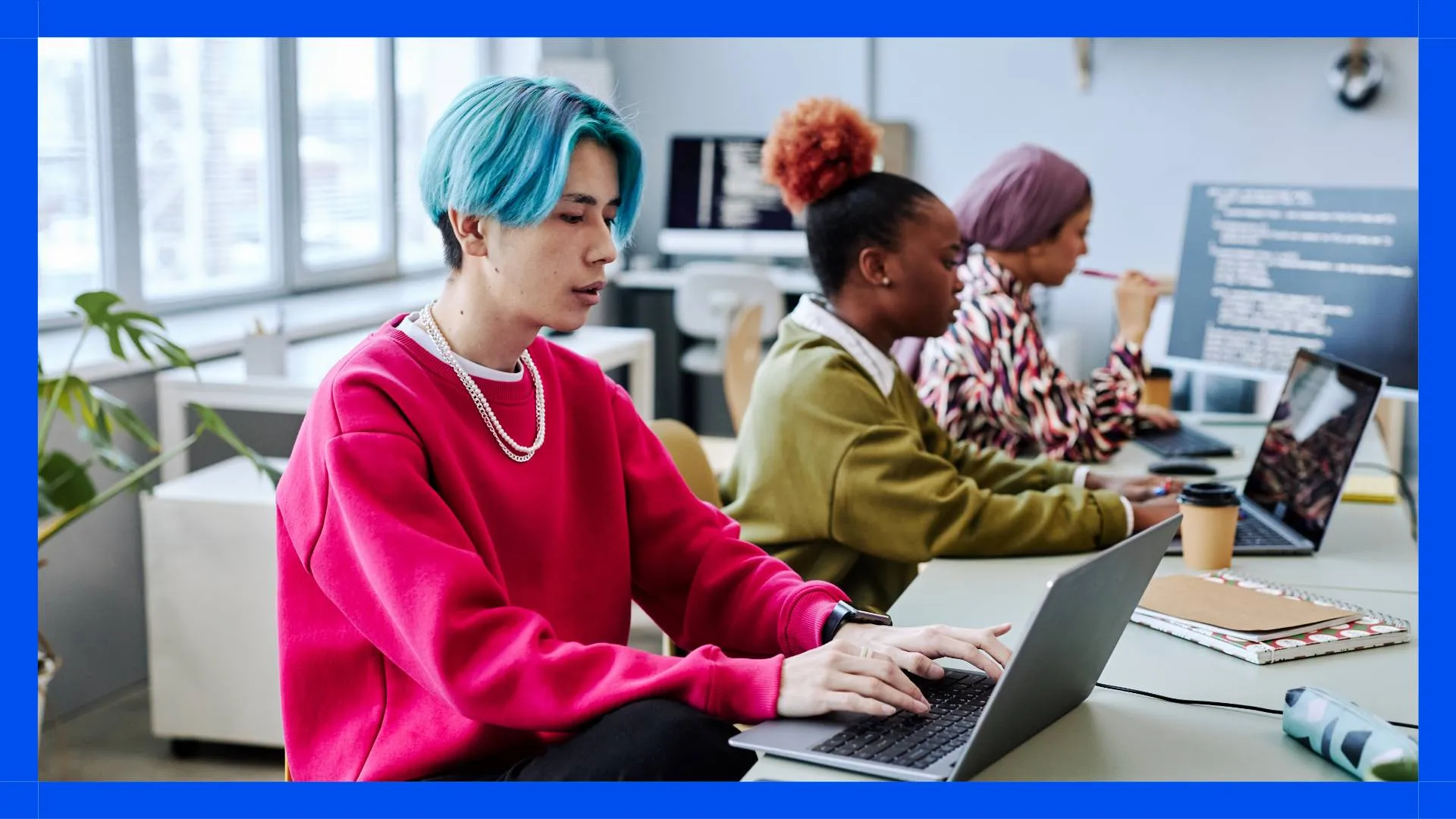
Gen Z Managers Are on the Rise
- The “Unbossing” Illusion: While Gen Z coined “conscious unbossing” to avoid high-stress leadership, Glassdoor data shows they’re stepping up just like Millennials—1 in 10 managers in 2025 are Gen Z.
- Climbing for Pay: The economic draw is clear—Gen Z managers earn 11% more, compared to only a 7% raise for individual contributors.
- Burnout & Backlash:Burnout mentions rose 73% year-over-year, while flexible work perks fell, signaling Gen Z won’t stay unless leadership evolves around well-being and autonomy.
📝 Prompt: Invite rising Gen Z leaders to shape your management model. What does real flexibility, mental health support, and hybrid design look like to them? Build it together.
AI-FIRST TALENT STRATEGY
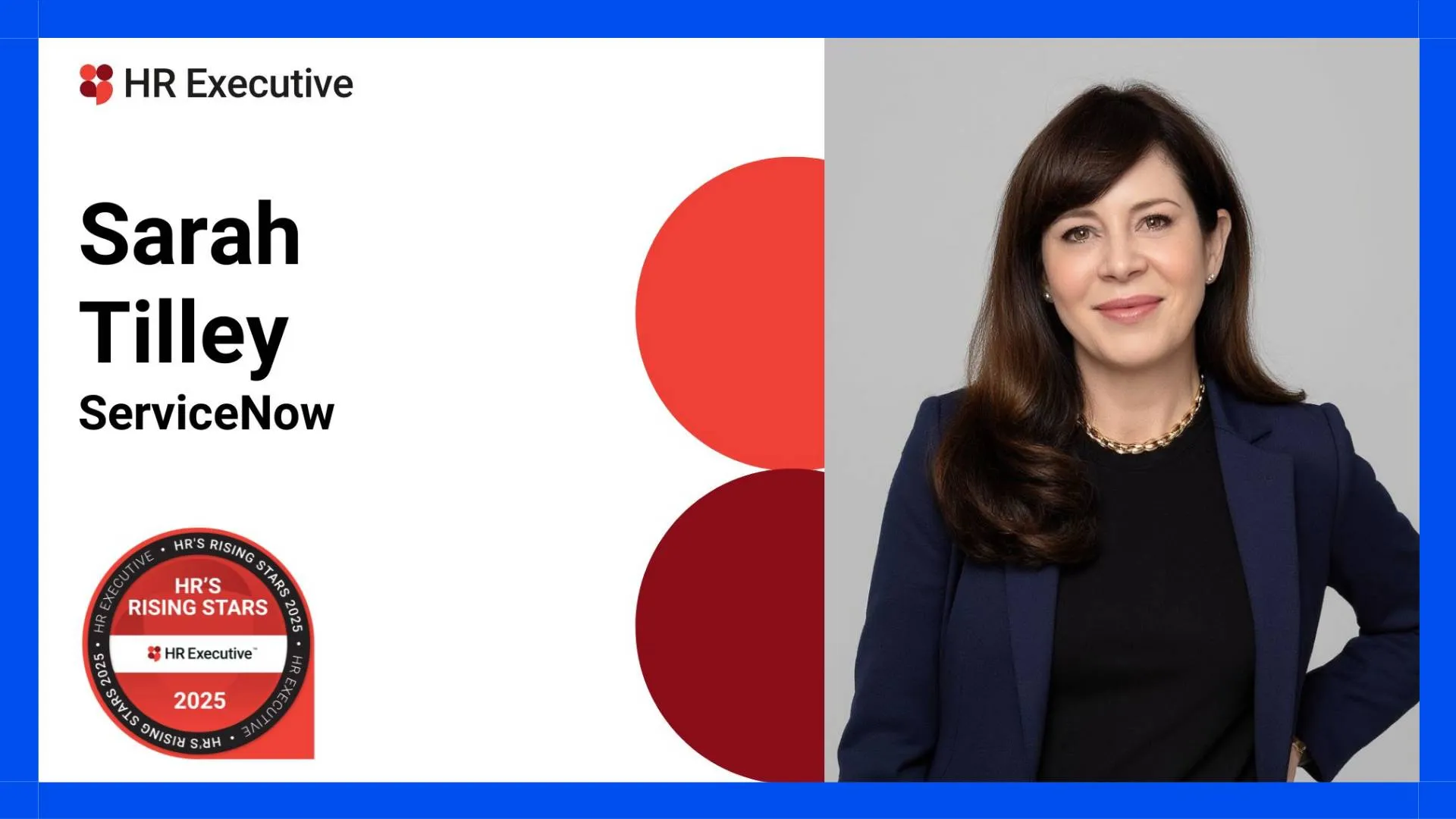
Case Study: How ServiceNow Scaled AI in Hiring
- AI-First, Human-Centered: Led by SVP Sarah Tilley, ServiceNow implemented an AI-First Talent Strategy, using AI for inclusive job descriptions, skill-matching, interview personalization, and bias audits while keeping a human core.
- Impact at Scale: The strategy drove a 163% increase in AI job postings, 5x growth in AI-skilled employees, attracted 1.6M applicants in 2024, and saved 18,000+ hours annually through automation.
- 4E Framework + Learning Ecosystem: Tilley’s 4E model, Education, Exposure, Expectations, Experiences, fueled internal mobility (now 29% of all hires) and powers ServiceNow University, targeting 3M learners by 2027.
📝 Prompt: Stop bolting on AI. Instead, ask: What’s one HR moment that should feel more human, like feedback or skill matching, and how can AI quietly enhance it? Redesign just that step.
COMPENSATION STRATEGY
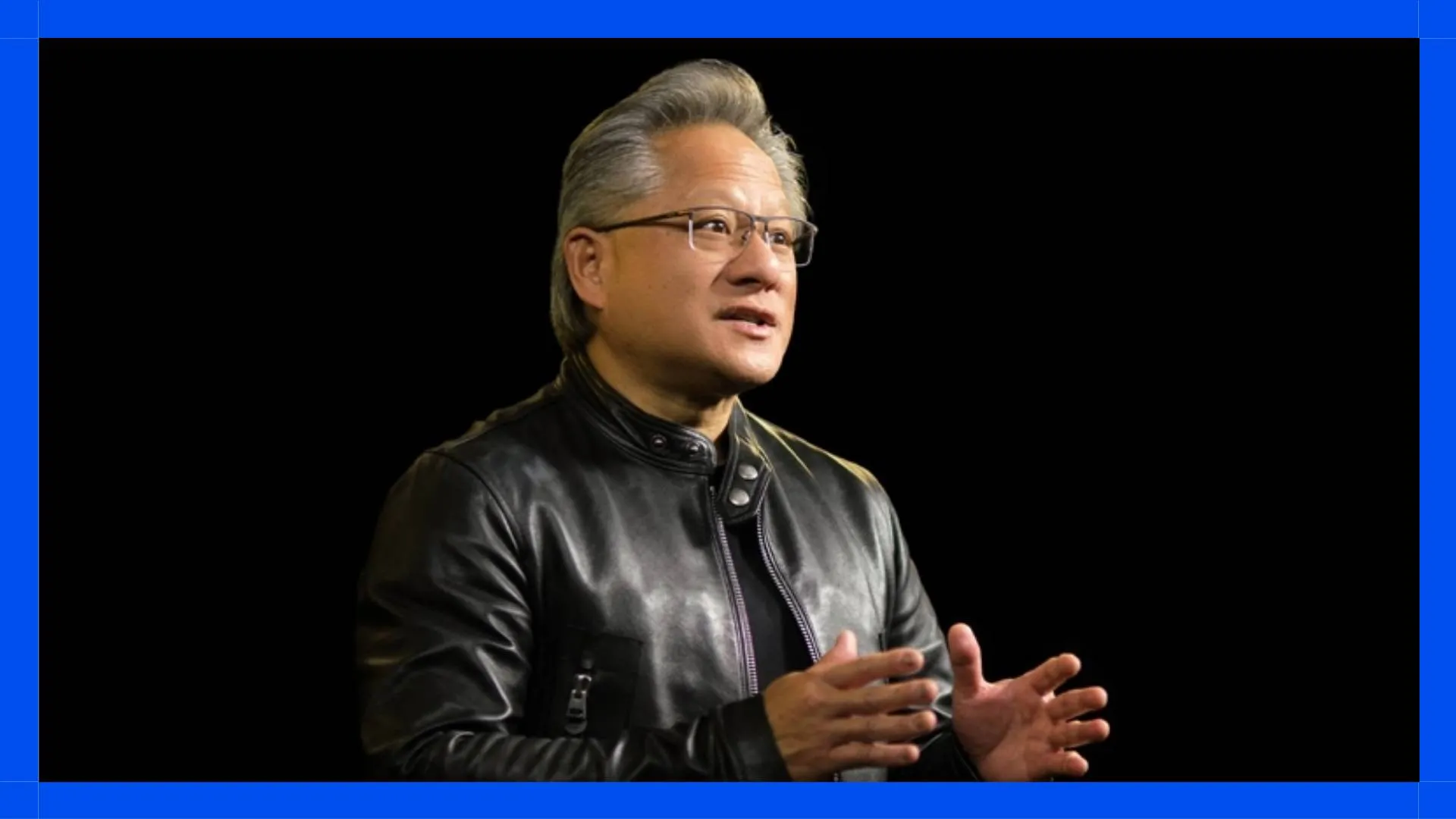
Why Nvidia’s CEO Reviews Every Salary
- Hands-On Leadership: Nvidia CEO Jensen Huang personally reviews compensation for all 42,000 employees each cycle using machine learning to sort the data.
- People-First Opex: He consistently raises operating expenses after reviews as a deliberate investment in people, not just productivity.
- Reward Strategy: Dismissing stock pool rumors, Huang says, “If you take care of people, everything else takes care of itself,” a mindset that has made his leadership team billionaires too.
📝 Prompt: This quarter, choose one review cycle to go beyond metrics. Identify those who uplifted others, showed learning agility, or exceeded expectations, and adjust rewards with purpose.
LEADERSHIP BRAVERY

Five Habits of Bold Decision-Makers
- Bravery is Teachable: Research shows courage isn’t innate—it can be built by reframing risk, creating positive narratives, and shifting mindsets.
- Five Courage Strategies: Leaders build courage by shaping empowering stories, boosting confidence through training, taking small actions, fostering connection, and using rituals to calm fear.
- VUCA Ready: In uncertain times, where 76% of S&P 500 firms cite "uncertainty," brave leaders like Leena Nair, Frances Haugen, and Sully Sullenberger model bold moves rooted in values, competence, and clarity.
📝 Prompt: Hold a team session this week to surface one brave move you’ve been avoiding. Ask: Where are we overplanning from fear?
🔥 QUICK READ:
- Trump’s Tariffs Hit 70 Nations: President Trump announced sweeping new tariffs on nearly 70 countries, with rates starting at 15% and going as high as 50% for Brazil. The move raises average U.S. import tariffs to 18%, the highest since 1933, and is expected to cost companies like Ford billions. While Europe negotiated a 15% ceiling on most exports, backlash is growing over the long-term economic toll on global trade.
- Fed Holds Rates Amid Rare Dissent: The Federal Reserve held interest rates steady at 4.25%–4.5% for the fifth consecutive time, despite dissent from two Trump-appointed governors who wanted a cut. GDP growth beat expectations at 3%, but deeper signs, like falling imports and weak private investment, raised concerns. Chair Jerome Powell cited ongoing inflation and tariff uncertainty as reasons for staying the course ahead of September’s meeting.
Your Friday Briefing on the Future of Work
Future Work delivers research-backed insights, expert takes, and practical prompts—helping you and your team capture what matters, build critical skills, and grow into a future-ready force.
Get all-in-one coverage of AI, leadership, middle management, upskilling, DEI, geopolitics, and more.
Unsubscribe anytime. No spam guaranteed.

